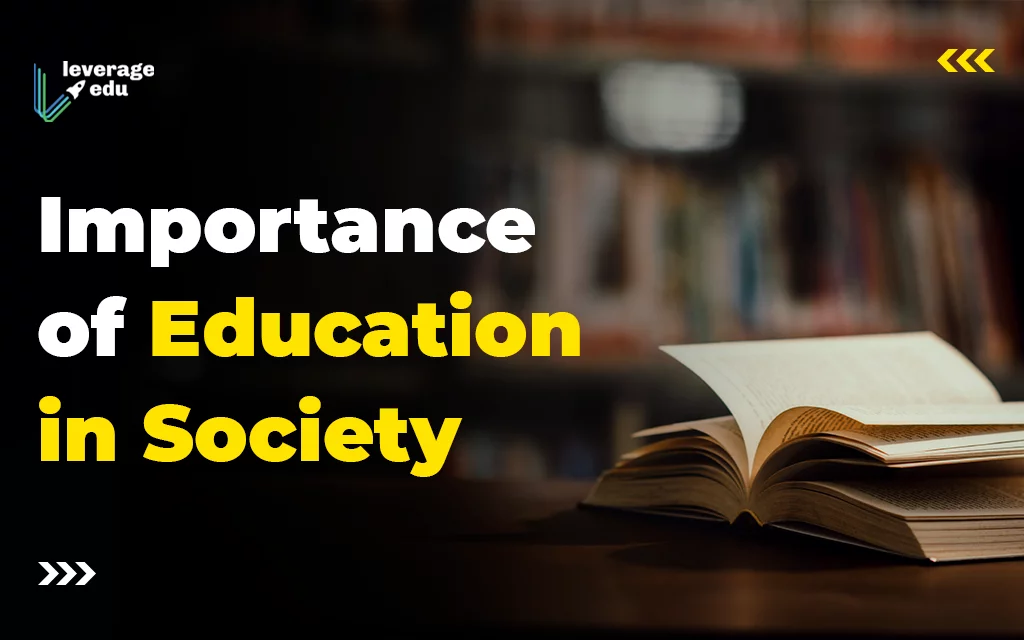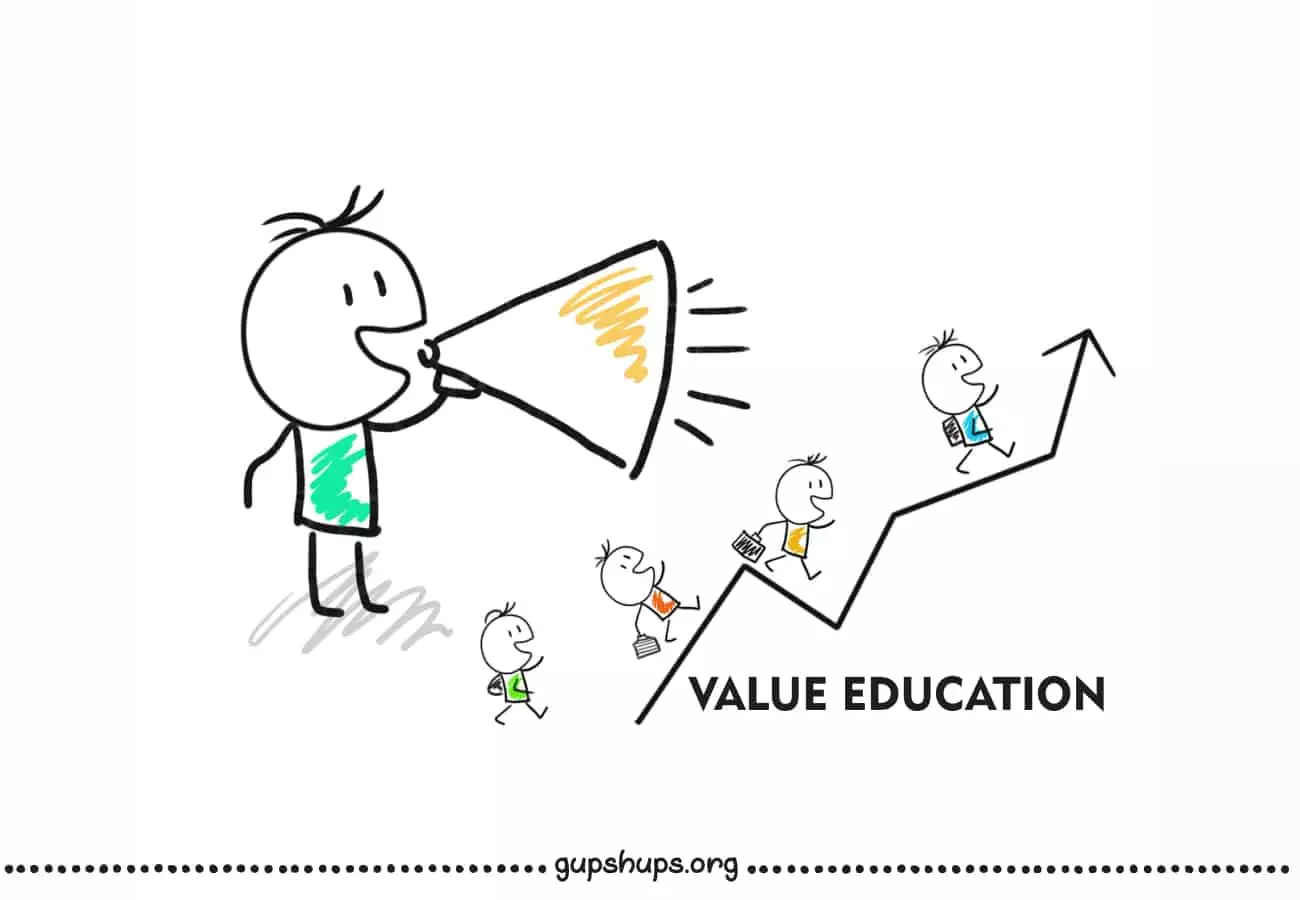Discuss the different stages of policy formulation.
There are many different models to explain the policy process, but one of the oldest and most common approaches to the study of policy-making derives from the early work of H. Lasswell (1951). This American political scientist was the first to have taken into account and analyzed policy as a process that is, as a set of phenomena organized in time and led by a number of specific and self-induced mechanisms.
The model that he helped build is usually known as the stages model of policy, since it separates policy-making into its component steps, or stages, and analyses each in turn. The original version of the model included seven stages, though more recent versions have reduced the process to fewer steps, varying between four and six.
Broadly speaking, such stages include:
- The identification of policy problems or issues, through demands for action.
- Agenda-setting, or focusing on specific problems/issues (this stage is sometimes merged with the previous one).
- The formulation of policy proposals, their initiation and development, by policy-planning organizations, interest groups, and/or the executive or legislative branches of government.
- The adoption of and rendering legitimate of policies through the political actions of government, interest groups, political parties.
- The implementation of policies through bureaucracies, public expenditures, and the activities of executive agencies.
- The evaluation of a policy’s implementation and impact.





